Species Photo Gallery for Pissonotus brunneus No Common Name 24 |
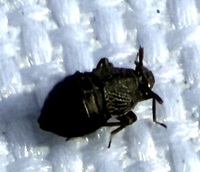 | Photo by: Marilyn Westphal, Nora Murdock
Henderson Co.
Comment: Jumped onto beat sheet tossed on ground in a grassy trail in a river floodplain. | 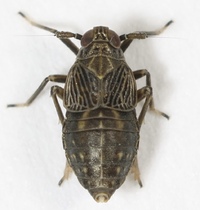 | Photo by: Rob Van Epps
Mecklenburg Co.
Comment: Caught sweeping. |
 | Photo by: Rob Van Epps
Mecklenburg Co.
Comment: Caught sweeping. | 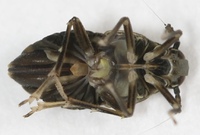 | Photo by: Rob Van Epps
Mecklenburg Co.
Comment: Caught sweeping. |
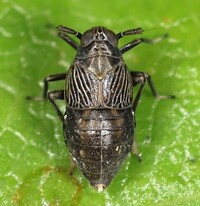 | Photo by: Rob Van Epps
Mecklenburg Co.
Comment: Caught sweeping in a field. | 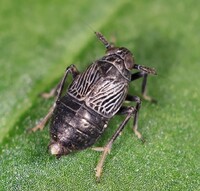 | Photo by: Rob Van Epps
Mecklenburg Co.
Comment: Caught sweeping. |
 | Photo by: Rob Van Epps
Mecklenburg Co.
Comment: Caught sweeping. | 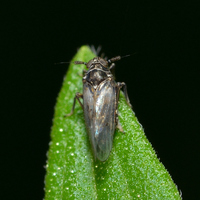 | Photo by: Margarita Lankford
Orange Co.
Comment: https://www.inaturalist.org/observations/172255190 |
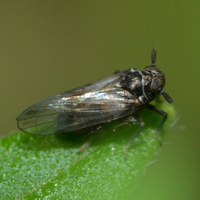 | Photo by: Margarita Lankford
Orange Co.
Comment: https://www.inaturalist.org/observations/172255190 | 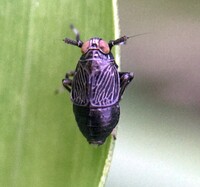 | Photo by: Ted Wilcox
Watauga Co.
Comment: unid_planthopper |
 | Photo by: Margarita Lankford
Orange Co.
Comment: https://www.inaturalist.org/observations/83202010 |  | Photo by: Margarita Lankford
Orange Co.
Comment: https://www.inaturalist.org/observations/83202010 |
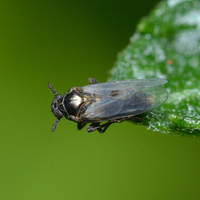 | Photo by: Margarita Lankford
Orange Co.
Comment: https://www.inaturalist.org/observations/83202010 | 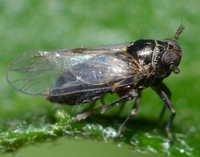 | Photo by: Margarita Lankford
Orange Co.
Comment: https://www.inaturalist.org/observations/83202010 |
 | Photo by: Margarita Lankford
Orange Co.
Comment: https://www.inaturalist.org/observations/83202010 | 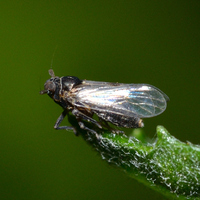 | Photo by: Margarita Lankford
Orange Co.
Comment: https://www.inaturalist.org/observations/83202010 |
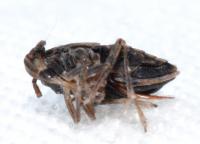 | Photo by: Kyle Kittelberger, Brian Bockhahn
Transylvania Co.
Comment: female; ID confirmed via specimen by C. Bartlett |  | Photo by: Kyle Kittelberger, Brian Bockhahn
Transylvania Co.
Comment: female; ID confirmed via specimen by C. Bartlett |
 | Photo by: Kyle Kittelberger, Brian Bockhahn
Transylvania Co.
Comment: female; ID confirmed via specimen by C. Bartlett |  | Photo by: Kyle Kittelberger, Brian Bockhahn, Paul Scharf
Watauga Co.
Comment: brushy, field-type habitat |
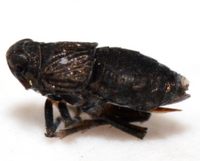 | Photo by: Kyle Kittelberger, Brian Bockhahn, Paul Scharf
Watauga Co.
Comment: brushy, field-type habitat | 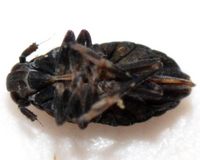 | Photo by: Kyle Kittelberger, Brian Bockhahn, Paul Scharf
Watauga Co.
Comment: brushy, field-type habitat |
 | Photo by: Kyle Kittelberger, Brian Bockhahn
Vance Co.
Comment: mixed hardwood forest, open forest, grassy patches |  | Photo by: Kyle Kittelberger, Brian Bockhahn
Vance Co.
Comment: mixed hardwood forest, open forest, grassy patches |
|

 »
»
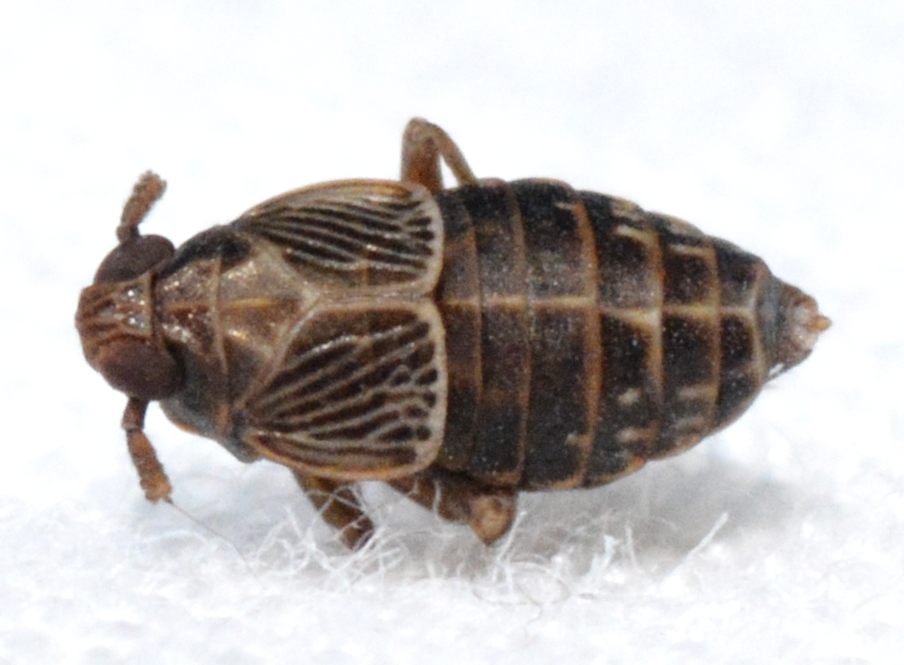
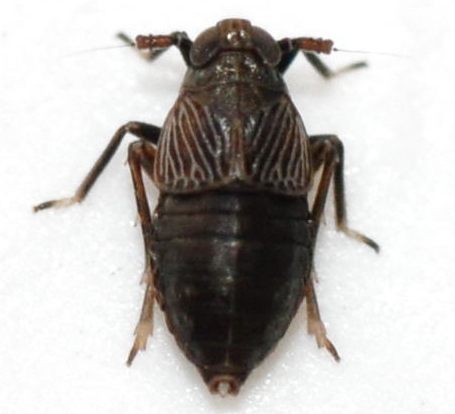


 »
»


